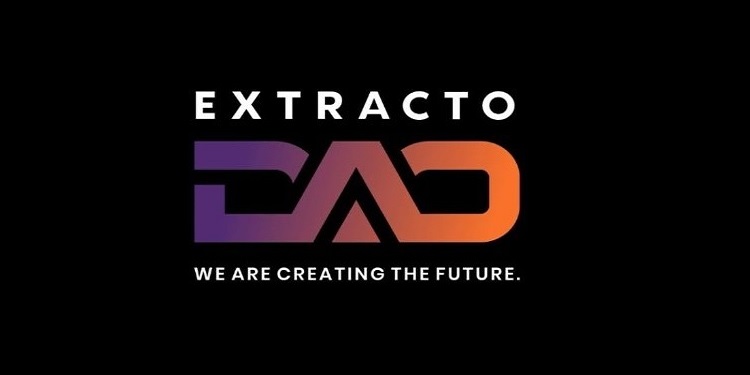A recent development by a tech-focused research startup is reshaping debates surrounding cosmological origin theories. A blockchain and computational physics company has launched two groundbreaking tools—DUT Quantum and DUT General Relativity Simulators—designed to advance the understanding of Einstein’s theory of General Relativity. These simulators aim to offer clarity on complex cosmic hypotheses, including the popular yet speculative idea that the observable universe may have originated from a black hole.
The startup has emphasized that its new simulators go beyond visual dramatizations or AI-generated models by offering scientifically rigorous simulations. According to the team behind the project, the DUT General Relativity simulator has demonstrated through mathematical modeling that the concept of the universe emerging from a black hole fails to align with foundational physical laws. The developers have stated that this theory is not only mathematically unsound and conceptually unstable but also inconsistent with empirical data gathered from observable phenomena. Full research findings and data supporting this stance have been published on the open-access platform Zenodo and can be independently verified by researchers using the DUT General Relativity and DUT RG simulation tools.
Unlike many mainstream black hole simulations that highlight visual spectacle or observational mimicry, DUT’s approach is rooted in fundamental theoretical physics. The simulator applies core principles to critically test, and when necessary, disprove speculative cosmological ideas. In this instance, it has been employed to evaluate and ultimately invalidate the black hole origin theory of the universe, offering a scientific counterpoint grounded in verifiable physics.
The tools were developed by ExtractoDAO and are based on the research of its CEO and simulation lead, Joel Almeida. The DUT Quantum Simulator was built with an emphasis on scientific transparency and data security. Its architecture operates entirely offline, without relying on external APIs or internet access. All simulations are recorded through an immutable, blockchain-based ledger, ensuring full traceability and auditability of computational results. The simulator intentionally avoids the inclusion of singularities or event horizons and instead focuses on modeling regular geometric structures. It also features advanced functions such as gravitational lensing, scalar invariants, Einstein-Ricci tensor analysis, and geodesic computation. Modular design enables separate testing of key phenomena including spacetime curvature, gravitational collapse, and dynamics.
An added advantage is the simulator’s interoperability with high-performance computing environments and quantum cloud services such as those provided by IBM or Amazon Braket. This scalability allows researchers to carry out intensive simulations or run multiple parallel scenarios without compromising source code integrity or data control.
Blockchain Startup Launches Quantum Simulator to Rethink the Cosmos https://t.co/4UzAGILzFe
— Extracto DAO (@ExtractoDAO) June 27, 2025
In academic and research settings, the ability to empirically test and discard unviable hypotheses is as critical as confirming valid ones. The DUT Simulator distinguishes itself by calculating essential physical parameters—including entropy, the effective cosmological constant, and Hawking radiation temperature—and demonstrating that hypothetical black hole-driven universes produce values that drastically deviate from observed cosmological data. This gap, as asserted by the simulation team, is not a minor theoretical inconsistency but a conclusive disproof rooted in fundamental physics.
The tool serves not only as an advanced research platform but also as a didactic resource. By allowing users to tweak black hole mass and simulate consequences, it enables real-time insight into the impact of physical laws on large-scale cosmological structures. This capacity to visualize and test theoretical models marks a new phase in scientific inquiry, particularly in the domains of General Relativity and cosmology.
In conclusion, the DUT Universal Simulator moves far beyond traditional, illustrative simulation frameworks. It provides a rigorous, testable foundation for addressing some of the most profound questions in modern science, especially the speculative theories regarding the origin and structure of the universe.



